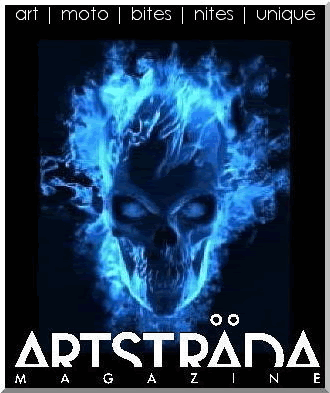Fists Of Fury
Bruce Lee is DYNAMITE. His first big feature movie portrays the story of Chen Chen, who returns to the international compound of China only to learn of his beloved teacher's death. This is compounded by the continual racist harassment by the Japanese population in the area. Unlike his friends, he confronts it head on with his mastery of martial arts while investigating his teacher's murder.
Some interesting trivia on this movie
--------------------------------------------------
# Wah Yuen doubled for Bruce Lee in the fight scene between Chen and Yoshida where Chen does a somersault, while Jackie Chan doubled for the villain Suzuki when he is kicked back through the large paper windows.
- Bruce Lee choreographed his own fight scenes.
- Because of the movie's racial content and personal disagreements, Bruce Lee quit working with Lo Wei after this movie.
- The international title of this film was "Fist of Fury". In the United States the English dubbed version was released under the title "The Chinese Connection" to avoid confusion with "Fists of Fury", the title for the U.S. release of Bruce Lee's previous film Tang shan da xiong (1971). The U.S. title was a play on the title of the highly popular film The French Connection (1971).
# According to certain historical sources in China, the real-life Chen escaped from Shanghai successfully.
- Steve Martin allegedly plays one of the police man who shoots Lee at the end of the film, though he has never been credited with this role. The legitimacy of this rumor is debatable.
- In the film, Bruce Lee's character sets out to avenge the death of his teacher Huo Yuanjia (Fok Yuen Gap) and at one point during the film, the Chinese Wushu students are called "sick men of Asia" by their rivals. In real life, Huo Yuanjia was a legendary Wushu martial artist and in 1901, accepted the challenge of a Russian fighter who called all Chinese people "sick men of Asia".
- Virtually all theatrical trailers for the film (most prominently, the original Hong Kong trailer) used Richard Strauss' "Thus Spoke Zarathustra" ("Also Sprach Zarathustra") for the background music.


![Artstråda Magazine "We will Art your FACE OFF" [18+]](https://blogger.googleusercontent.com/img/a/AVvXsEjw3ZbJnLQoI9Oe4IeaRKDZkH_dkwD9LUdzJ6f-zGLoRrg-vsSRELBtCDL6Esoil1IJLBMVGqTwAhEN1yiXJmfIx2BwaOH67juunCQmleBM0_YMXWGjJRYSPkSIw8Q1L6fKaffkmuubaYnumKjRsyBT3NL8QPi6M-yXBq9WpmL_1583YLRZmy9obICx=s800)









Comments
Post a Comment